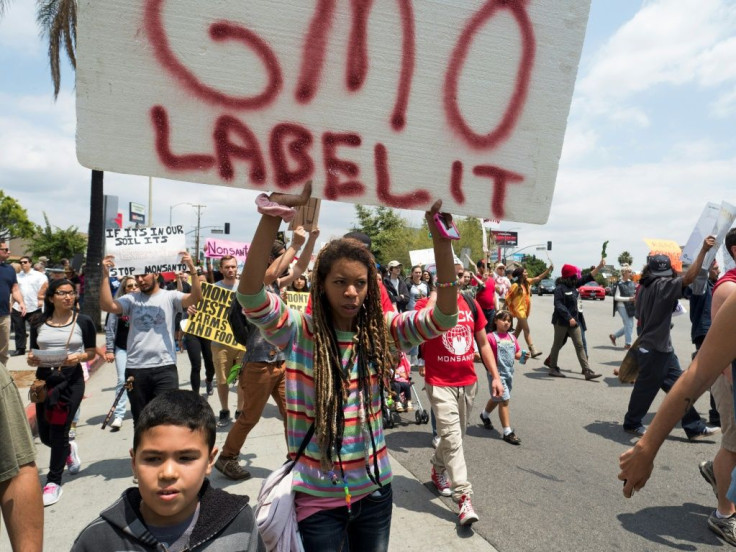For Gene-edited Livestock, Regulation Is In Its Infancy

Genetically modified salmon are, in principle, the only animal in the world with artificially altered DNA to have made their way onto humanity's plate -- if only, for the moment, in Canada.
In an ever-advancing market, however, that seems about to change.
In March the United States lifted its last regulatory hurdle against the modified fish, developed by the company AquaBounty to grow faster than their non-genetically-altered brethren.
The salmon should hit shelves in late 2020 in the United States -- more than 30 years after their conceptualization -- according to the company.
AquaBounty already sold nine tonnes of the salmon in Canada during two test runs in 2017 and 2018, which followed the country's 2016 decision to green-light the product for consumption. However large-scale commercialization won't begin in Canada either until late 2020.
The company is now targeting other countries, with field trials ongoing in Brazil, completed in Argentina and expected to begin in China.
In Europe, where genetically modified organisms, or GMOs, are strictly regulated, dozens and dozens of plants with artificially altered DNA that are meant for human and animal consumption are authorized for growth.
But not genetically modified animals.
Some had hoped that rules would be relaxed with new editing techniques, such as use of the genetic "scissors" called CRISPR-Cas9.
But in 2018 Europe decided that organisms created by such means would still be classified as GMOs.
The scissors, which allow for the removal or replacement of parts of an organism's DNA sequence, are different from the process used to create conventional GMOs, in which a foreign gene is inserted.
Authorization and regulation
In the United States, the Food and Drug Administration (FDA), a government agency, oversees authorization of genetically modified animals.
But some argue that since the gene editing technique does not involve the addition of genetic material, the Department of Agriculture, which has less strict rules, should decide on the matter.
US President Donald Trump signed an executive order in June to modernize the review process for products derived from biotechnology.
The US pork industry, which would like to be able to raise genetically modified pigs resistant to certain diseases, is eager for new authorizations.
Regulations in countries such as Canada, Argentina and Brazil are much less stringent and evolve rapidly, the National Pork Producers Council (NPPC), which represents the US pork industry, points out.
"Some of our competitors are establishing regulatory frameworks where there will be absolutely no differentiation domestically between products from animals that are descendants from gene-edited animals versus animals that are not," said Dan Kovich, NPPC's director of science and technology.
In Canada, for example, AquaBounty does not even have to specify that its salmon are transgenic.
Thomas Gremillion of the Consumer Federation of America, however, fears that the people purchasing such animal products "may not have adequate notice through labeling and other disclosures."
He also advocates for a more comprehensive approach by regulators that includes not only food safety but also takes into account the environmental impact and ethical implication of the new practices.
© Copyright AFP 2024. All rights reserved.





















